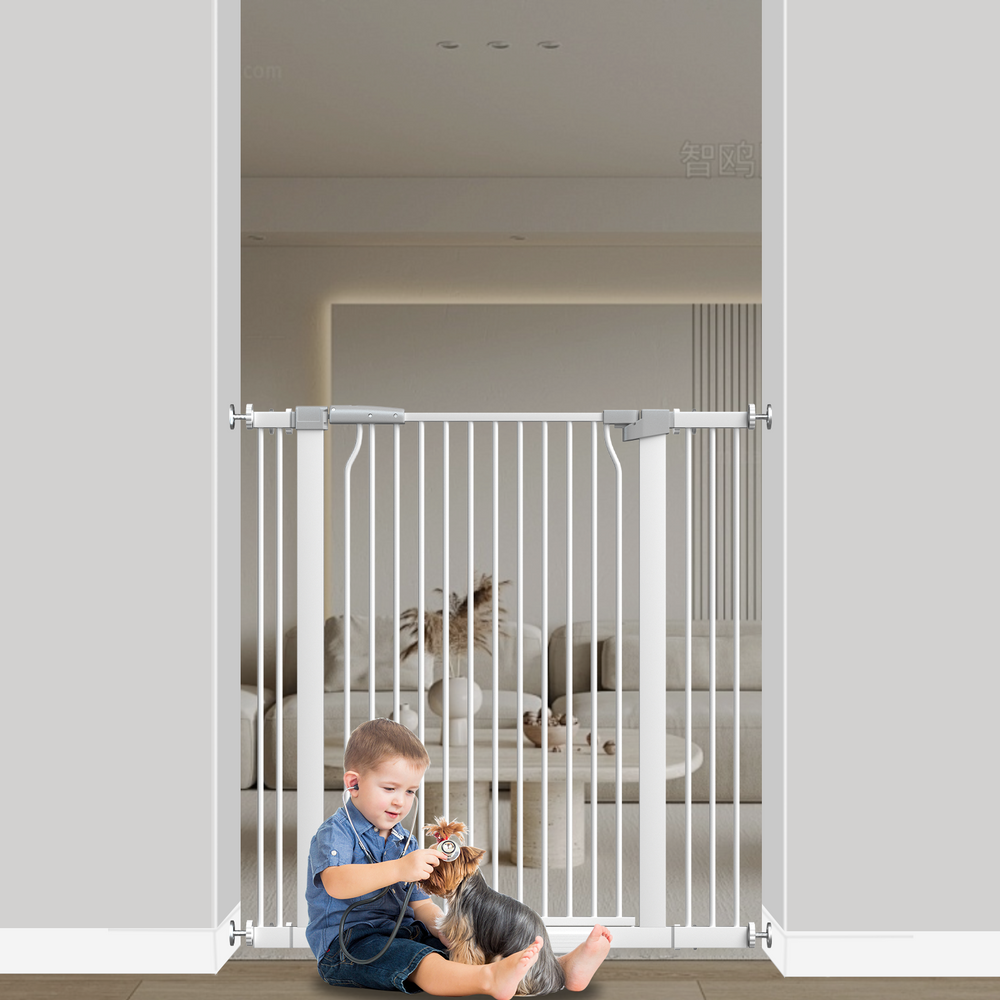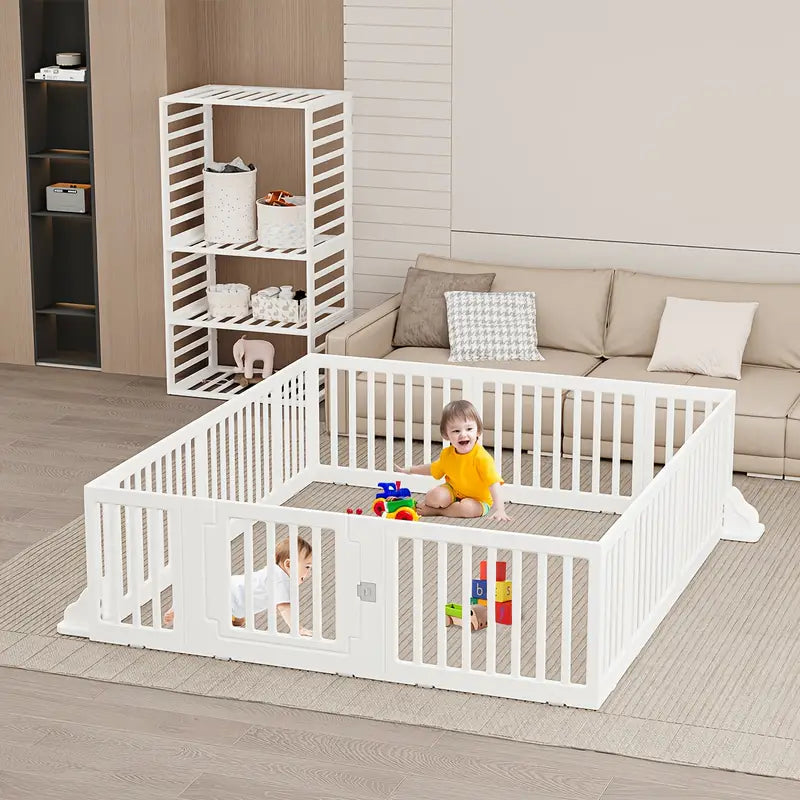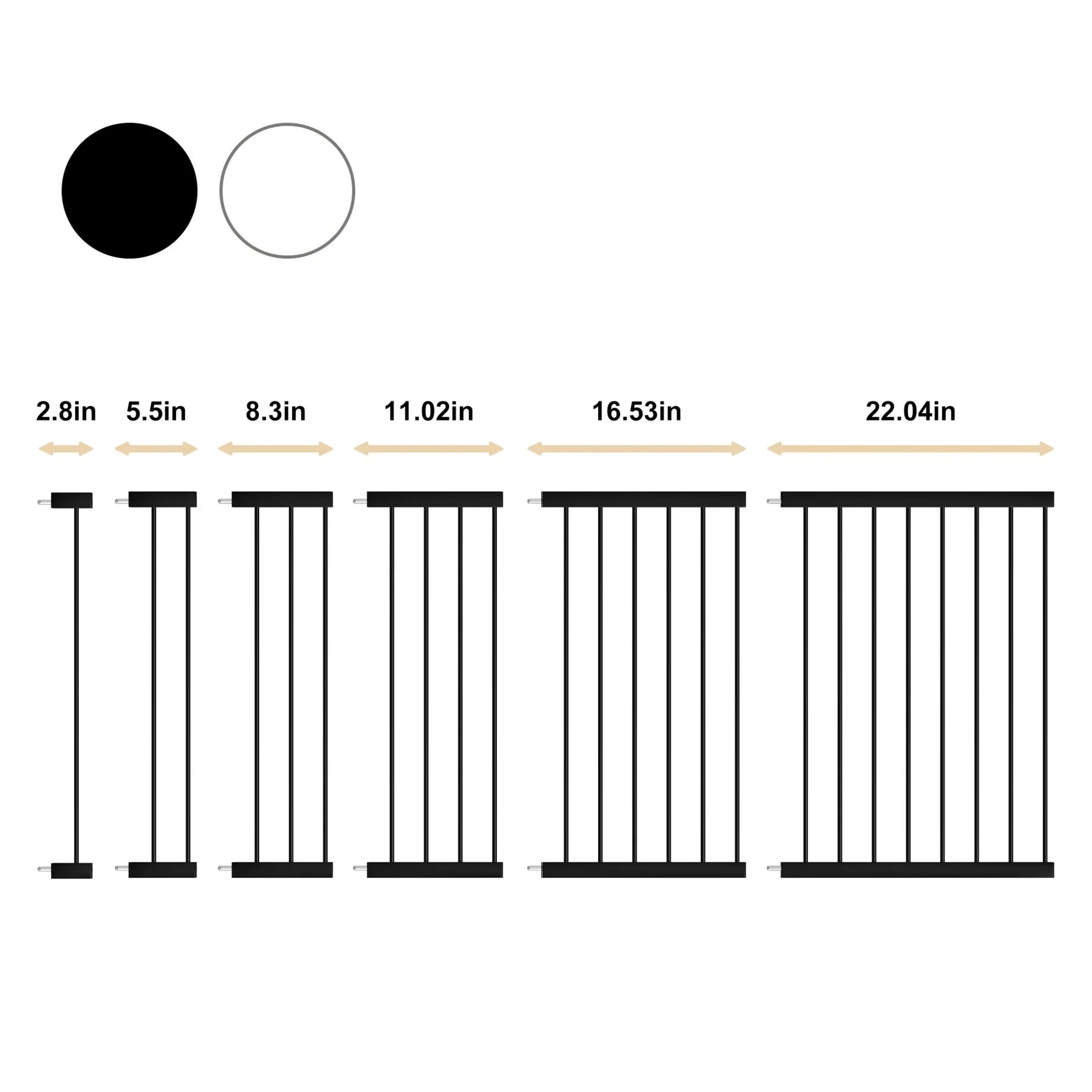Essential Infant First Aid Basics Every Parent Should Know
Recognizing Emergencies In Infants

Signs of Distress
It can be tough to tell when your little one is really in trouble, right? Babies can't exactly tell us what's wrong, so we have to be super observant. Keep an eye out for changes in their normal behavior. Are they unusually fussy, quiet, or just not acting like themselves? Changes in feeding habits, like refusing to eat or eat less than usual, can also be a red flag.
- Changes in breathing patterns (fast, labored, or noisy breathing)
- Skin color changes (pale, blue, or mottled skin)
- Lethargy or unresponsiveness
- High-pitched cry or weak cry
Trust your gut. If something feels off, it's always better to err on the side of caution. You know your baby best.
When to Call for Help
Knowing when to call for help can be tricky. If you notice any of the signs of distress mentioned above, it's a good idea to consult with your pediatrician. But some situations require immediate medical attention. If your baby is unresponsive, struggling to breathe, or has a seizure, don't hesitate to call emergency services. It's always better to be safe than sorry. If you are worried about your baby's breathing patterns, call 911.
- Unresponsiveness or loss of consciousness
- Difficulty breathing or gasping for air
- Seizures
- Severe bleeding
- Signs of severe allergic reaction (hives, swelling, difficulty breathing)
Common Infant Emergencies
Infants are susceptible to a few common emergencies. Choking is a big one, especially when they're starting to explore the world with their mouths. Fevers can also be concerning, especially in very young babies. Dehydration is another potential issue, particularly if they're experiencing vomiting or diarrhea. Knowing how to recognize and respond to these emergencies can make a huge difference. If your baby has a high fever, contact a doctor immediately.
- Choking
- Fever
- Dehydration
- Burns
- Allergic reactions
Basic First Aid Techniques

Taking care of your little one during an emergency can feel overwhelming. In this section, we break down some practical steps for three key areas: infant CPR, choking relief, and handling burns and cuts. Each part gives you simple instructions, basic lists, and a little extra note that might help you stay calm when it matters most.
CPR for Infants
When it comes to infant CPR, timing and gentle care are everything. Here are some steps to help you get started:
- Check for responsiveness in a quiet manner.
- Give light, careful chest compressions using two fingers.
- Provide rescue breaths if you feel comfortable doing so.
Remember: Always call for help immediately if your baby is not responding.
For a quick overview on key life-saving actions during a crisis, take a peek at our CPR guide tips.
Choking Relief Methods
Choking in infants is frightening, but following a few measured steps can really help. Here are some practical tips:
- Gently pat the baby on the back to dislodge any blockage.
- Repeat the back slaps and chest thrusts carefully, keeping a steady pace.
- Monitor your baby closely between sets of actions.
If you want to compare different methods or check for additional advice, you might find our Choking Aid Steps useful. These methods are not a substitute for professional training, but can provide a stopgap measure while you seek help.
Treating Burns and Cuts
For small burns and cuts, acting quickly and calmly is key. Follow these steps to minimize pain and prevent infection:
| Injury Type | Immediate Action | Note |
|---|---|---|
| Minor Burn | Run under cool (not cold) water for 10 minutes | Use clean gauze to cover area |
| Small Cut | Clean the wound with water and mild soap | Apply a sterile bandage |
| Superficial Scrape | Rinse to remove dirt and debris | Use an antiseptic wipe if needed |
When handling any injury, ensuring that you have a well-stocked first aid kit nearby can help you respond faster and with more confidence.
Even when accidents happen, staying calm helps you act better. Try to get regular updates on basic life-saving methods by checking out resources and courses that detail these steps in everyday language. The idea is to equip you with a mindset ready for these sudden challenges.
Creating a Baby First Aid Kit
Having a well-stocked and organized baby first aid kit is a must for every parent. You never know when a minor scrape, fever, or other unexpected health issue might pop up. Being prepared can make all the difference in providing quick and effective care for your little one. Let's get into what you need and how to keep it all in order.
Essential Items to Include
Okay, so what exactly should you have in your baby first aid kit? Here's a list to get you started:
- Adhesive bandages: Different sizes and shapes for those inevitable little cuts and scrapes.
- Sterile gauze pads: For cleaning and covering wounds.
- Antiseptic wipes: To disinfect cuts and scrapes before bandaging. Make sure they are alcohol-free to avoid stinging!
- Infant acetaminophen or ibuprofen: For fever and pain relief. Always check with your pediatrician for the correct dosage based on your baby's weight and age.
- Digital thermometer: Rectal thermometers are most accurate for infants. Get one specifically designed for babies.
- Nasal aspirator: To clear blocked nasal passages. Those bulb syringes work wonders!
- Saline drops: To loosen nasal congestion before using the aspirator.
- Tweezers: For removing splinters or small objects.
- Scissors: Small, blunt-tipped scissors for cutting bandages or tape.
- Hydrocortisone cream: For treating insect bites, rashes, and other skin irritations.
- Antibiotic ointment: To prevent infection in minor cuts and scrapes.
- Instant cold compress: For bumps, bruises, and swelling.
- Calibrated medicine dropper or syringe: For accurate medication dosing.
- First aid manual: A basic guide to infant first aid procedures. It's good to have a reference on hand.
- Emergency contact information: Include numbers for your pediatrician, local emergency services, and poison control.
It's also a good idea to include any prescription medications your baby is currently taking, along with a list of any allergies they have. This information can be crucial in an emergency situation.
How to Organize Your Kit
Alright, you've got all the supplies, but now what? Organization is key! Here's how to keep your kit in tip-top shape:
- Choose a container: A sturdy, portable container with compartments is ideal. A tackle box or plastic storage container works well.
- Label everything: Clearly label each item and its purpose. This will save you time and stress when you need to find something quickly. You can even use a label maker for extra clarity.
- Group similar items together: Keep all the wound care supplies in one section, medications in another, and so on. This makes it easier to locate what you need in a hurry.
- Keep a list of contents: Tape a list of all the items in your kit to the inside of the lid. This will help you quickly check if anything is missing or needs to be replaced. It's also helpful to note the expiration dates of medications.
- Store it in a convenient location: Keep your kit in a place that's easily accessible but out of reach of children. A high shelf in the bathroom or kitchen is a good option. Make sure everyone in the family knows where it is.
Regular Maintenance Tips
Maintaining your baby first aid kit is just as important as creating it. Here's how to keep it up-to-date and ready for action:
- Check expiration dates: Medications and other supplies can expire, so check the dates regularly and replace anything that's past its prime. Set a reminder on your phone or calendar to do this every few months.
- Replace used items: After using something from the kit, make sure to replace it as soon as possible. This way, you'll always have a full supply on hand.
- Restock regularly: Check your kit every few months to see if anything is running low and needs to be restocked. Make a list of items to buy and keep it with your kit.
- Review and update: As your baby grows and their needs change, review the contents of your kit and update it accordingly. For example, you may need to add larger bandages or different medications as they get older.
Having a well-stocked and maintained baby first aid kit gives you peace of mind. Knowing you're prepared for minor emergencies can make a big difference. Don't forget to take a first aid course too!
Managing Common Injuries
Handling Scrapes and Bruises
Okay, so your little one is exploring the world, which means scrapes and bruises are pretty much inevitable. Don't freak out; most of the time, you can handle these at home. For scrapes, gently clean the area with mild soap and water. You want to get all the dirt and debris out. After it's clean, pat it dry and apply a thin layer of antibiotic ointment and a bandage if needed. For bruises, a cold compress can work wonders. Apply it for about 15-20 minutes at a time, several times a day, especially in the first 24 hours. This helps reduce swelling and ease the pain. Keep an eye out for signs of infection (increased redness, swelling, pus) or if the bruise seems unusually large or painful; then, it's time to call the doctor.
Dealing with Fever and Illness
Fever can be scary, but it's often just a sign that your baby's body is fighting something off. The first thing you should do is take their temperature. Here's a quick guide:
| Method | Normal Range | Fever Range |
|---|---|---|
| Rectal | 97.9°F - 100.4°F | Over 100.4°F |
| Oral (Not for Infants) | 97.6°F - 99.6°F | Over 99.6°F |
| Armpit | 97.6°F - 99°F | Over 99°F |
If your baby has a fever, dress them lightly and make sure they're getting plenty of fluids. For babies over 6 months, you can give them children's acetaminophen or ibuprofen, following the dosage instructions carefully. Never give aspirin to infants or children. If the fever is very high (over 104°F), or if your baby seems very lethargic, is having trouble breathing, or has a rash, call your doctor right away. It's always better to be safe than sorry. If you are concerned about severe trauma, seek medical attention.
First Aid for Allergic Reactions
Allergic reactions can range from mild to severe, so it's important to know what to look for. Mild reactions might include a rash, hives, itching, or a runny nose. If your baby has a mild reaction, remove the allergen (if you know what it is) and give them an antihistamine (like Benadryl) according to your doctor's instructions. Watch them closely for any signs of worsening symptoms. Severe allergic reactions (anaphylaxis) are much more serious and require immediate medical attention. Signs of anaphylaxis include difficulty breathing, wheezing, swelling of the face or tongue, vomiting, and loss of consciousness. If your baby is having trouble breathing, use an CPR if you are trained. If you suspect anaphylaxis, call emergency services immediately. Time is of the essence.
It's a good idea to keep a record of any known allergies your baby has, and to share this information with caregivers. Also, learn how to use an epinephrine auto-injector (EpiPen) if your doctor prescribes one. Knowing how to respond quickly and effectively can make all the difference in an emergency.
Preventing Accidents and Injuries
It's so true that an ounce of prevention is worth a pound of cure, especially when it comes to our little ones. Babies and toddlers are naturally curious, and that curiosity can sometimes lead them into tricky situations. Creating a safe environment is key to minimizing the risk of accidents and injuries. Let's look at some ways to keep your baby safe.
Safe Sleeping Practices
Sleep safety is super important for infants. Here are some things to keep in mind:
- Always place your baby on their back to sleep. This reduces the risk of SIDS (Sudden Infant Death Syndrome).
- Use a firm, flat sleep surface, like a crib mattress with a fitted sheet. Avoid soft bedding, pillows, blankets, and toys in the crib.
- Share a room with your baby for the first six months, but not the same bed. Room-sharing can decrease the risk of SIDS.
- Make sure the crib meets current safety standards and is properly assembled.
Creating a safe sleep environment is one of the most important things you can do to protect your baby. It's not just about comfort; it's about safety and well-being.
Childproofing Your Home
Time to get down on your hands and knees and see the world from your baby's perspective! Childproofing involves making your home safe by removing potential hazards. Here's a checklist to get you started:
- Cover electrical outlets with safety caps or outlet covers.
- Secure furniture, like bookshelves and dressers, to the wall to prevent them from tipping over. You can find furniture straps at most hardware stores.
- Install safety gates at the top and bottom of stairs.
- Keep cleaning supplies, medications, and other hazardous substances locked away and out of reach.
- Use stove knob covers to prevent little hands from turning on the burners.
- Store sharp objects, like knives and scissors, in drawers or cabinets with childproof latches.
Supervision and Awareness
Even with the best childproofing, constant supervision is essential. Babies and toddlers can get into trouble in the blink of an eye. Here's what to keep in mind:
- Never leave your baby unattended on a changing table, bed, or any elevated surface. They can roll over unexpectedly.
- Be extra vigilant around water. Never leave a baby or toddler alone in the bathtub, even for a moment. Drowning can happen quickly and silently.
- Pay attention to small objects that could be choking hazards, such as coins, buttons, and small toys. Keep these items out of reach.
- Be aware of hot surfaces and liquids. Keep hot drinks away from the edge of tables and counters, and check the temperature of bathwater before putting your baby in.
It's also a good idea to learn infant CPR and basic first aid. Knowing what to do in an emergency can make a huge difference. You can find first aid courses specifically for parents and caregivers. Being prepared can give you peace of mind and help you respond effectively if an accident does happen.
Staying Calm in Emergencies
It's tough, but staying calm when your baby needs help is super important. Your little one picks up on your emotions, so if you're panicked, they'll be too. Keeping a cool head helps you think clearly and act effectively.
Techniques for Parents
Okay, easier said than done, right? Here are a few things that might help:
- Take a deep breath: Seriously, a few slow, deep breaths can make a difference. It helps slow your heart rate and clear your head.
- Focus on what you can control: You can't undo the accident, but you can begin CPR or call for help. Concentrate on those actions.
- Remind yourself you're doing your best: No one is perfect. You're there, you care, and you're doing everything you can. That's what matters.
Importance of Composure
Your baby is relying on you. If you're calm, you can assess the situation better and remember what to do. Think of it like this:
Your composure is like a security blanket for your baby. It helps them feel safe, even when things are scary. It also allows you to communicate effectively with emergency services and provide them with the information they need.
How to Support Your Child
Beyond staying calm yourself, here's how you can support your child:
- Speak in a soothing voice: Even if they don't understand the words, the tone matters.
- Offer physical comfort: A gentle touch or hug can be reassuring.
- Explain what's happening (in simple terms): "We're going to get you some help," or "The doctor is going to look at your boo-boo." This can help reduce their anxiety. Remember to call the emergency services if needed.
It's all about being present and providing a sense of security in a scary situation.
Resources for Further Learning
Okay, so you've read through the basics, and hopefully, you're feeling a bit more prepared. But let's be real, infant first aid is something you learn over time. It's not a one-and-done kind of deal. Here are some resources to keep building your knowledge and skills.
First Aid Courses for Parents
Taking a class is a great way to get hands-on experience. You can find courses through hospitals, community centers, and organizations like the Red Cross. They usually cover things like CPR, choking, and basic wound care. Plus, you get to practice on mannequins, which is way less stressful than dealing with a real emergency. I took one before my little one was born, and it really helped me feel more confident. It's also a good way to meet other new parents!
Online Resources and Guides
There's a ton of information online, but you have to be careful about where you get it. Look for reputable sources like the American Academy of Pediatrics or the CDC. They have websites with articles, videos, and guides on all sorts of first aid topics. Just remember to double-check everything you read with your pediatrician, especially if you're not sure about something. I found some great videos on infant CPR that were super helpful.
Books on Infant First Aid
Having a good reference book on hand can be a lifesaver. Look for one that's easy to understand and has clear instructions. Some books even have pictures or diagrams, which can be really helpful in a pinch. I keep one in my baby's diaper bag, just in case. It's a good idea to flip through it every now and then to refresh your memory. You can find books specifically on childcare training online or general first aid.
It's important to remember that no amount of reading or classes can fully prepare you for every situation. Every baby is different, and every emergency is unique. The best thing you can do is stay calm, trust your instincts, and get help when you need it.
Wrapping It Up: Be Prepared
So, there you have it. First aid basics for your little one. It can feel overwhelming, but knowing what to do in an emergency can really make a difference. Remember, staying calm is key. It helps you think clearly and keeps your baby calm too. Make sure to look into a first aid course specifically for infants. It’s a smart move that can prepare you for all sorts of situations. You’ve got this, and your baby is lucky to have a parent who cares enough to learn!






Leave a comment